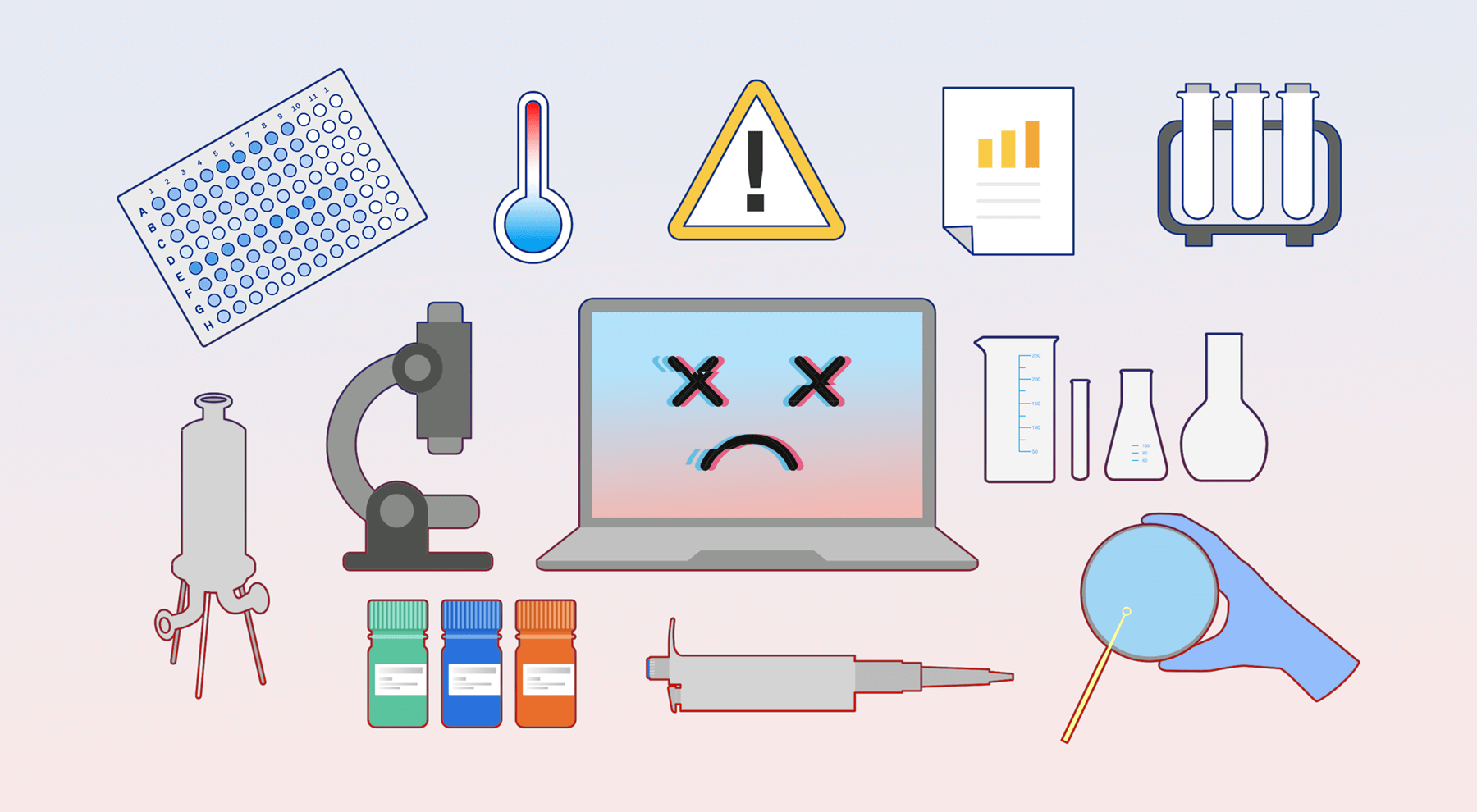Imagine this — you’ve spent a hefty amount of your budget sourcing expensive lab equipment and valuable supplies for your research and development work. One small malfunction, and you’re stuck with a piece of scientific equipment that doesn’t work, potentially costing your lab time and money that you don’t have.
Minor errors and improper implementation of safety procedures can harm your high-cost investments, intellectual property, and years of research progress. More importantly, it leads to potential lab safety issues and general chaos.
To avoid chaos and safety risks in the first place, here are the five most common lab equipment malfunctions that you need to know about.
1. Calibration Errors
Do you calibrate your lab equipment regularly? If not, you’re putting your data at risk of inaccuracy, which could eventually interfere with your experiments. There are many services and software programs available to ensure proper calibration of your valuable lab equipment, which can significantly improve lab safety.
Pro tip: Implement a routine calibration schedule. Learn more about calibration tips.
2. Lab Equipment Wear and Tear
Just like every other piece of machinery, lab items also wear out and may stop working. Do you wait for them to degrade entirely before disposing of them or replacing faulty parts? At that point— it’s too late.
Just like our bodies, lab equipment needs regular maintenance and updates to live a long life. Especially with larger and more expensive equipment, regular repair increases their lifespan and fits well into your budget. Identifying which parts wear quicker than the others will help you keep a sufficient supply so you can stop the equipment from breaking down abruptly and obstructing your experiment.
Learn more about the importance of lab asset management strategies.
3. Inadequate Inspections
Industrial labs usually undergo an annual or bi-annual inspection. This inspection is based on various factors like safety practices of the lab, cost management, employee satisfaction, checking lab supplies and equipment and most importantly, tracking the progress of experiments being conducted. They draw attention to any warning signs within the lab and suggest ways to avoid accidents before they take place.
Pro tip: Establishing a regular inspection protocol is vital for lab safety and efficiency.
Explore ZAGENO's catalog of scientific equipment vendors
4. Improper Chemical Storage
When flammable or reactive materials are stored improperly, they can give rise to hazardous accidents and injuries. These accidents do more than just damage lab property. They can harm your lab teammates physically. Some reactive lab chemicals can be destructive and in case of leakage, can affect the areas and people surrounding your labs, causing damage to important equipment, furniture, and supplies. To avoid these accidents, ensure proper storage and usage of reactive chemicals and if possible, use them in isolation to avoid harm to others.
Learn more: How to Store and Maintain Lab Supplies to Reduce Costs and Prevent Waste
5. Data Loss
Protecting research data is just as important as maintaining physical equipment. Unexpected power outages, hardware failures, or accidental deletions can result in lost work and costly delays.
Pro tip: Implementing robust data backup protocols, such as cloud-based and local storage solutions, is essential to safeguard against potential losses.
Lab Safety Is Non-Negotiable
Your lab is a space for discovery, where every data point matters. But in a high-stakes environment, even small errors like mishandling equipment or storing chemicals improperly can lead to serious consequences. Preventing injuries, equipment damage, and data loss starts with enforcing strict safety protocols and ensuring everyone in the lab understands why they matter.
Want to reduce risk and streamline your supply management?
To to ZAGENO about sourcing lab equipment and supplies from trusted vendors, all in one place.




